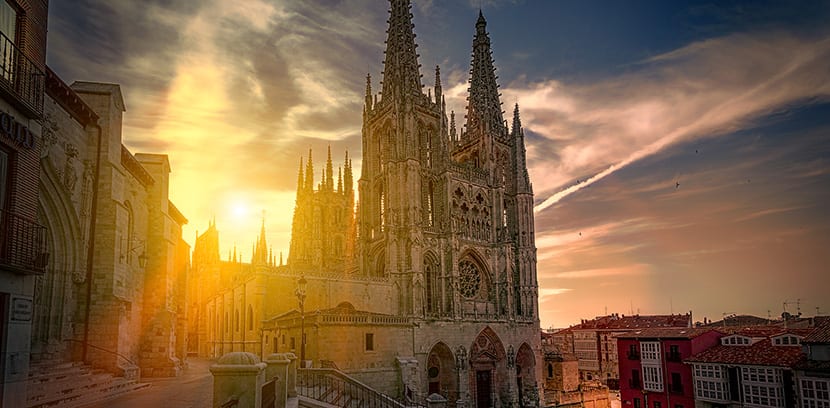
I have always liked gothic churches above those of other architectural styles, and if the same thing happens to you, there is a church that you cannot miss: the Cathedral of Santa María de Burgos, in Spain.
It is a huge and beautiful church that holds many cultural, artistic and religious wonders. It is several times a hundred years old, with a lot of history, which still stands despite time and which invites you to a long journey through its chapels, its doorways, cloisters, altars and other charming corners.
Burgos Cathedral
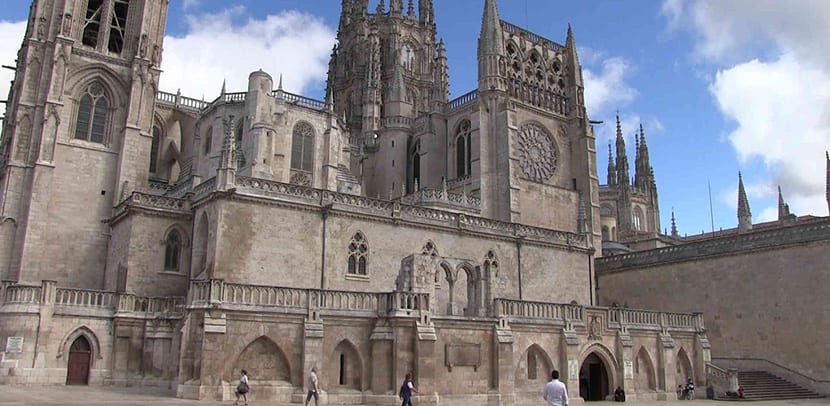
While the current temple It is in the Gothic style and dates from the XNUMXth century It is not the first to be raised here. Between 1080 and 1095 there was a Romanesque cathedral that was the scene of important events of the time such as the marriage between Fernando III and Beatriz de Suavia, in accordance with the value that Burgos had at that time as the capital of the Castilian-Leonese Kingdom.
It was precisely this value and its importance in the expansion to the rest of Europe, which made it clear that Burgos needed a more important temple. It is the germ of the current cathedral, whose foundation stone is laid in July 1221. Masters and architects were brought from France because the first idea was to make something similar to the beautiful Cathedral of Notre Damme or that of Reims.
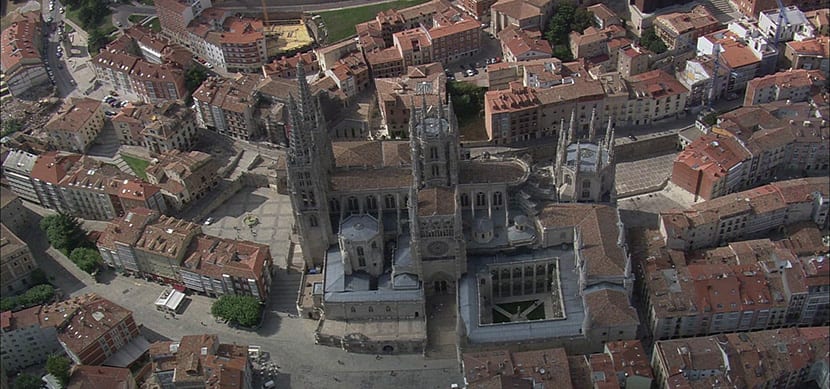
Thus, in the first nine years the works advanced a lot and by 1230 the cult was already enabled of this, the first gothic cathedral of the peninsula. When these spaces, the chevet, the naves of the ambulatory and their respective chapels and the choir - apse, were completed, the Romanesque cathedral was demolished. The works thereafter flowed and so in 1260 the temple was completely consecrated.
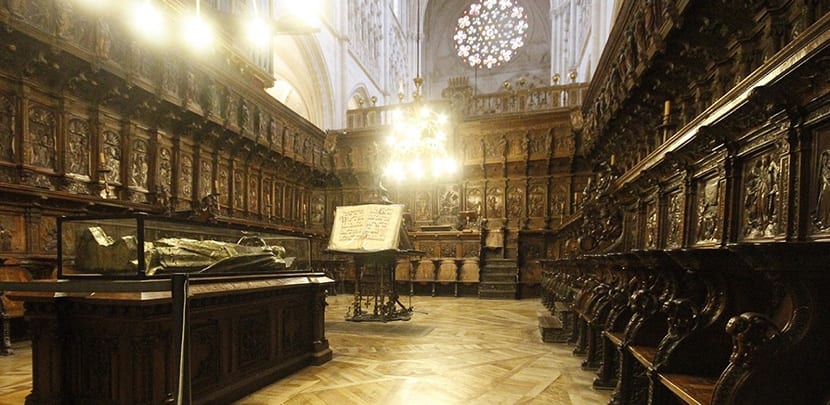
Completing the construction of a cathedral in just 40 years was quite an achievement. The cathedrals, at that time, could be built for centuries so the one in Burgos has that value. Still, there were many new works afterwards so the physiognomy of the current temple is not that of then. The most important changes took place in the XNUMXth century and there were three: the dome was changed and the spiers and the Chapel of the Constables were built.
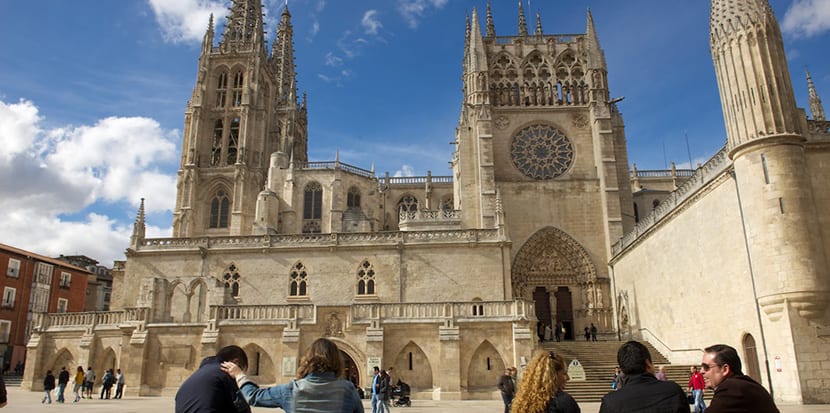
A century later, with the Chapel of the Relics and the new sacristy, the extensions were completed. It was centuries in which the cathedral was filled with works of art, although no major restoration programs were undertaken. For these works the cathedral of Burgos had to wait until the XNUMXth and XNUMXth centuries.
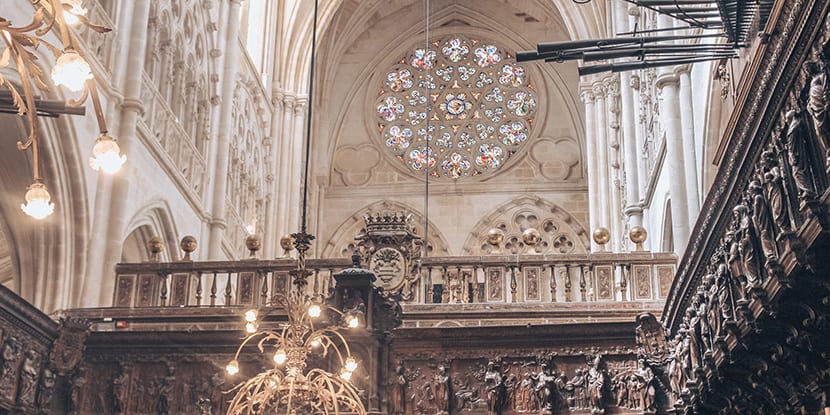
But generally how is the cathedral? Well it has a layout of a Latin cross of 84 by 59 meters and three naves: a central one of eleven meters and 25 meters high and the other lateral ones. Works of art are everywhere: a clock with an automaton, the flycatcher, a major altarpiece of this Renaissance, beautiful royal tombs, a choir with precious walnut stalls, two organs, one baroque and the other neoclassical, the cloisters, and of course, the famous golden staircase with many engravings and in each chapel something else to marvel at.
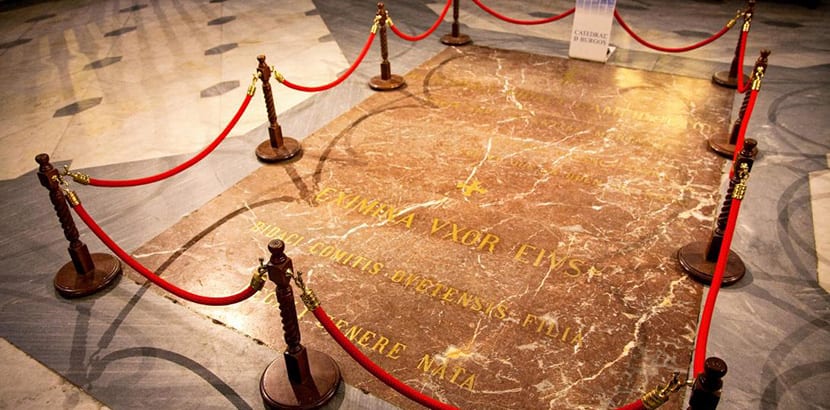
Separate paragraph I want to name that here you will also see the tomb of the Cid and Doña Jimena. They were moved in 1921 from the Monastery of San Pedro de Cardeña and today it is a simple grave covered with a huge piece of marble and surrounded by XNUMXth century bars.
Visit the cathedral of Burgos
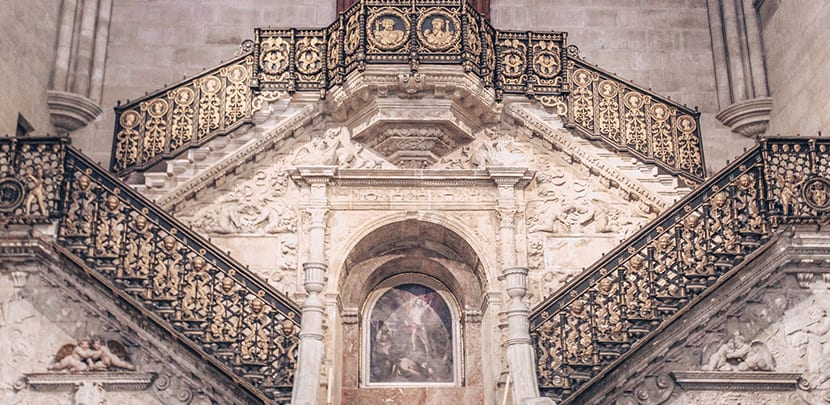
The cathedral has different hours and some special hours:
- From March 19 to October 31 it opens from 9:30 am to 7:30 pm, closing access at 6:30 pm.
- From November 1 to March 18 it opens from 10 am to 7 pm and the entrances close at 6 pm.
- Special hours are certain days: April 7, December 8, 24 and 31, and January 1. To know these hours you just have to visit the website of the cathedral.
- The cathedral has free admission on Tuesday afternoons from 4:30 to 6:30 pm in winter from 4:30 to 6 pm.
- Individual entry costs 7 euros, for over 65s 6 euros, students under 28 pay 4 euros, children from 50 to 7 pay 14 euros and for groups over 2 people the ticket costs 15 euros . Pilgrims with credentials in turn pay 6 euros, the disabled 4 euros and the unemployed 50 euros. Individual ticket prices include the use of audio guides.
What to visit in Burgos Cathedral
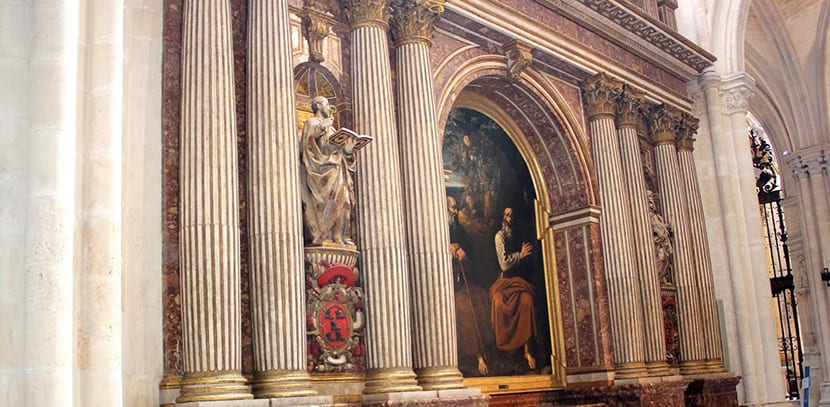
There are some corners of the temple that are really beautiful and that you cannot miss. Outside you can photograph and admire the different covers starting with the main one that is in front of the Plaza de Santa María and is in the Gothic style with three sections, continuing with the retrochoir and its beautiful alabaster statues of Saint Paul and Saint Peter and many chapels.

La Chapel of Santa Tecla, a virgin and martyr from the XNUMXst century, is sumptuous, with many colors in its vaults, representing angels and saints. The main altarpiece It is baroque, golden, with the carving of Santa Tecla burning at the stake. Another interesting chapel is the Chapel of the Conception or Santa Ana, a work from the second half of the XNUMXth century, of flowery Gothic art with cornices and capitals everywhere.
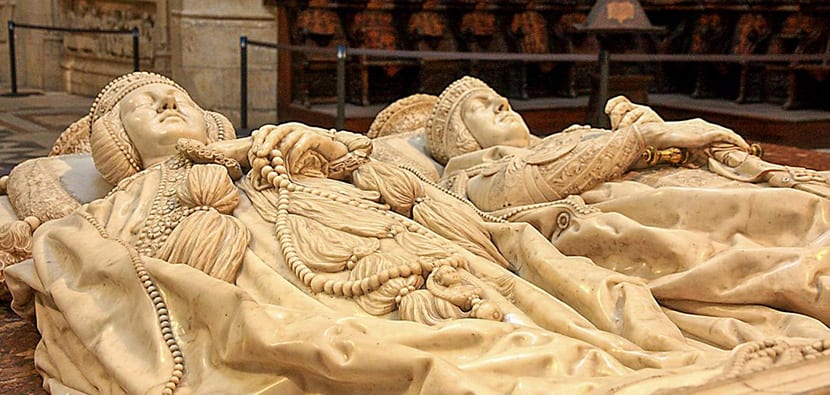
La Chapel of the Constables it is advertised as a cathedral within another cathedral because it is the most important and beautiful of all that this temple has. It was built with the money of Don Pedro Fernández de Velasco and his wife, the Constables of Castile, today presented in Carrara marble statues. It was built on the Chapel of San Pedro and a site and was completed in 1496. It has a beautiful glazed vault in the shape of a star, all of Gothic filigree, the work of Simón de Colonia.
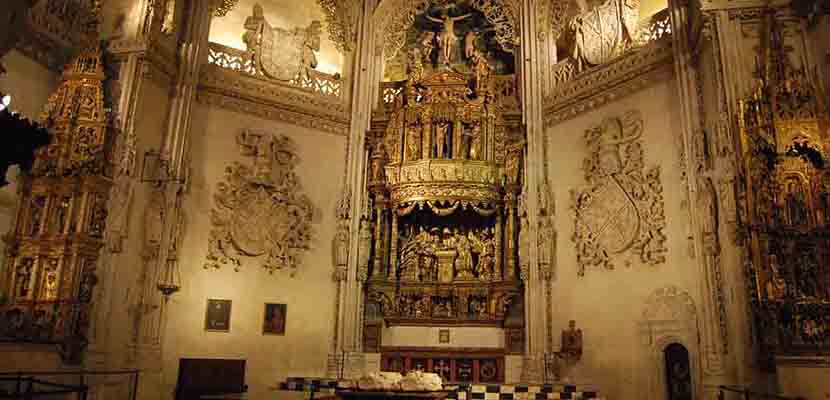
Another eye-catching piece of art is the so-called Golden Staircase, located at the end of the nave of the transept, connecting the cathedral with Calle de Fernán González by crossing the Coronería gate and saving a drop of eight meters at the time of construction. The staircase is the work of Diego de Siloe and was completed in 1523. It has 19 steps and is profusely adorned with zoomorphic and plant motifs, heads of angels, flowers and bugs. She is so beautiful and she was so famous that It was modeled after the staircase of the Paris Opera.
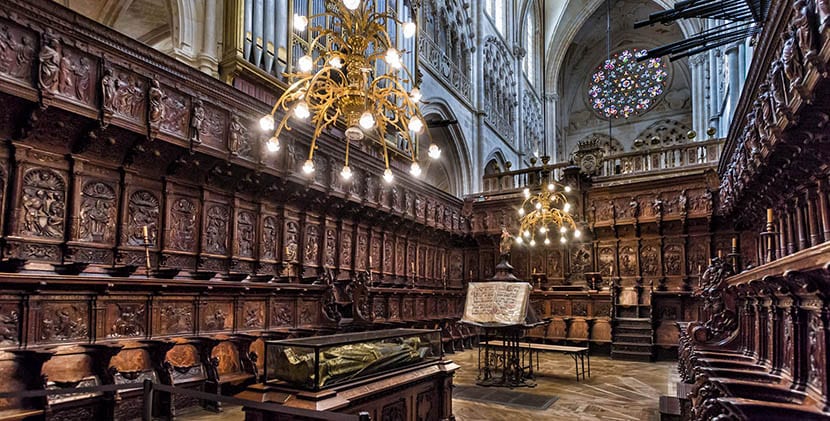
La choir stalls It is masterful, the work of master sculptors: 44 seats with backrests in the lower plane and 59 in the upper level, all adorned with reliefs of the life of Christ. The wood is walnut and the grille is from 1602. Finally, don't miss out on seeing the Transalt with its five works of art, the Main sacristy, the transept and the dome, the main altarpiece and of course the Cathedral Museum.
The truth is that with so many works of art inside the Cathedral of Burgos, the best thing you can do is have the audio guide at hand, which is included in the ticket price.